New Climate Data Predicts Grim Future For North America
Peter Rapine
Published
09/17/2020
in
wtf
Pro Publica, a non-profit news organization compiled and analyzed a new climate study that seeks to predict what North American will look like by midcentury.
- List View
- Player View
- Grid View
Advertisement
-
1.

-
2.
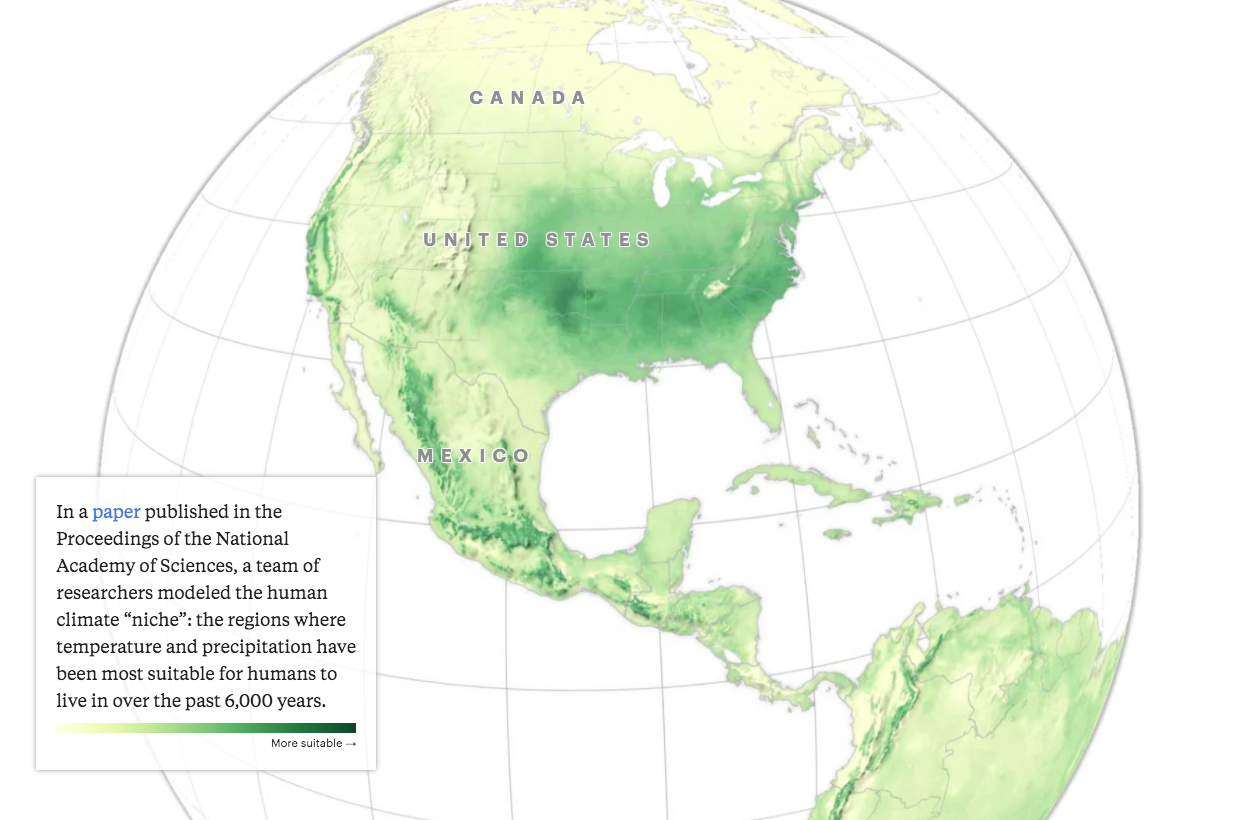 New climate research analyzed, by Pro Publica, and The New York Times Magazine, estimates a drastic shift in the ways American's will live by the middle of the century. The data examines North America's most habitable climate regions and examines the impact climate change will have on the ways American's farm and where they live. Taking into account rising seas, increased wildfires and humidity, the projections are startling.
New climate research analyzed, by Pro Publica, and The New York Times Magazine, estimates a drastic shift in the ways American's will live by the middle of the century. The data examines North America's most habitable climate regions and examines the impact climate change will have on the ways American's farm and where they live. Taking into account rising seas, increased wildfires and humidity, the projections are startling. -
3.
 In simple terms, the most habitable parts of the US will slowly move North over the next four decades.
In simple terms, the most habitable parts of the US will slowly move North over the next four decades. -
4.

-
5.
 So what does this mean?
So what does this mean? -
6.
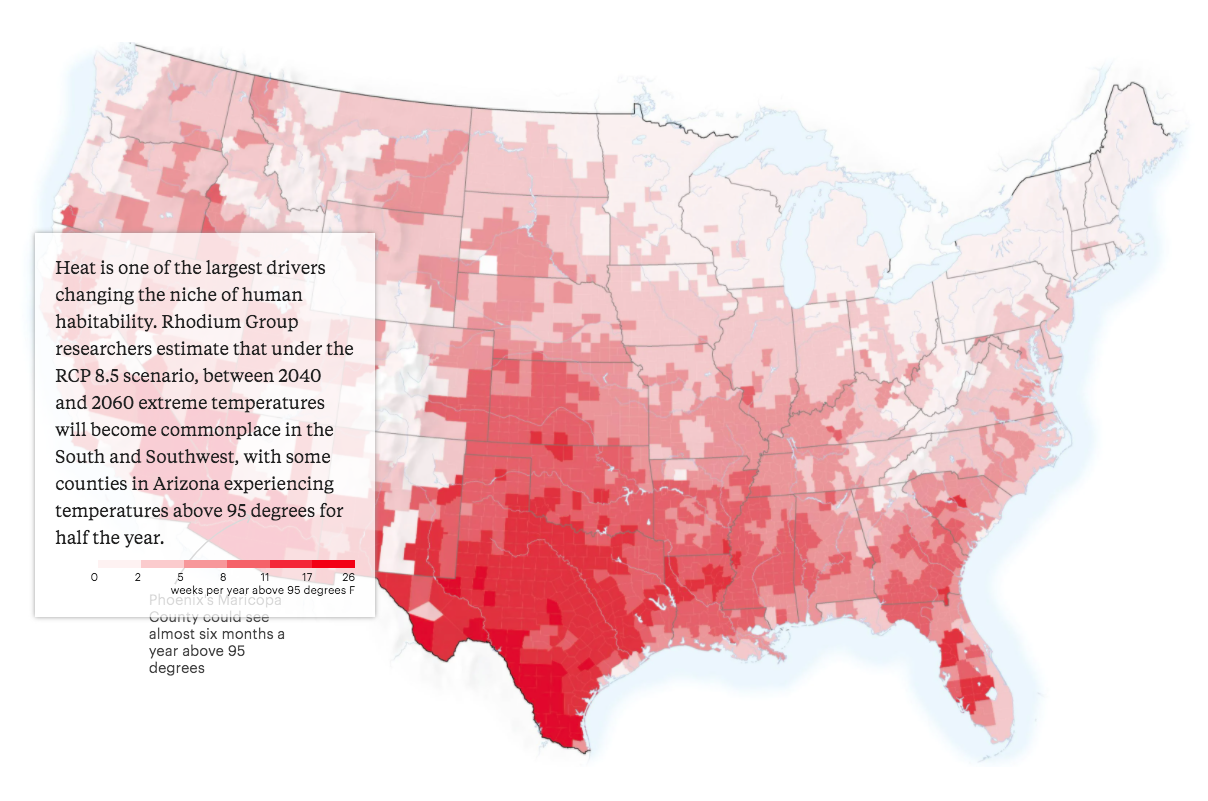 Well for starters, we hope you like the heat, because it isn't going to be cooling down anytime soon. In fact, data estimates that places like Arizona and much of the south along with Texas will become 'wet bulbs', a term used to describe places that are both extremely hot and humid. Pro Publica predicts that, "by 2050, parts of the Midwest and Louisiana could see conditions that make it difficult for the human body to cool itself for nearly one out of every 20 days in the year."
Well for starters, we hope you like the heat, because it isn't going to be cooling down anytime soon. In fact, data estimates that places like Arizona and much of the south along with Texas will become 'wet bulbs', a term used to describe places that are both extremely hot and humid. Pro Publica predicts that, "by 2050, parts of the Midwest and Louisiana could see conditions that make it difficult for the human body to cool itself for nearly one out of every 20 days in the year." -
7.
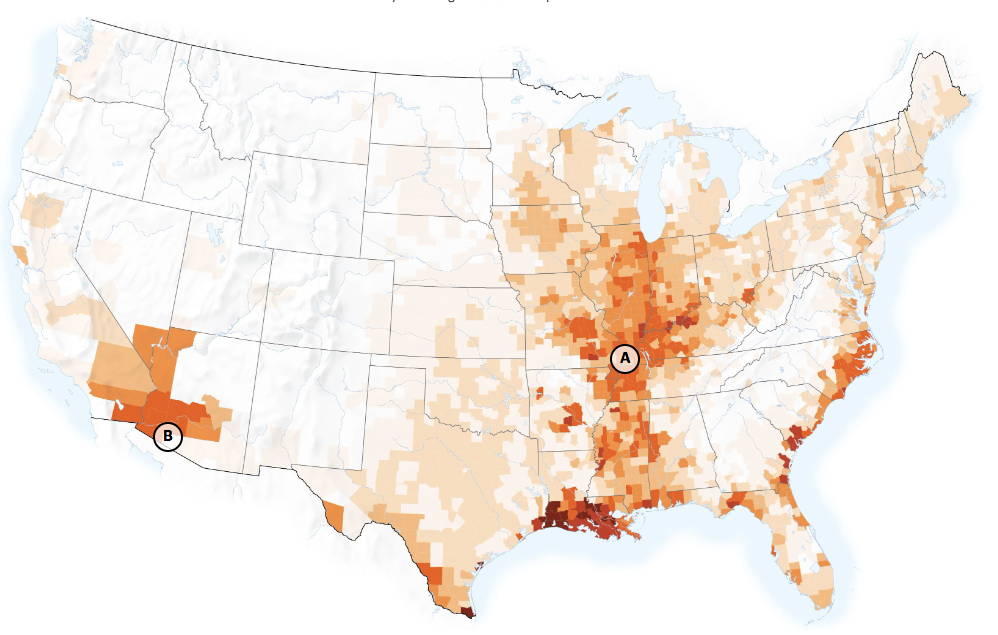 Extreme heat is determined as a temperature so hot and humid that human sweat is unable to cool the body. If you've ever been in the south on a hot day you know the feeling. Now imagine the year is 2040, that heat you feel in Nola at the peak of summer, well now you'll feel it in Missouri as well. And places like Arizona which aren't hot and humid, will become "wet bulb" zones, where temperatures could reach 95-degrees for nearly half the year.
Extreme heat is determined as a temperature so hot and humid that human sweat is unable to cool the body. If you've ever been in the south on a hot day you know the feeling. Now imagine the year is 2040, that heat you feel in Nola at the peak of summer, well now you'll feel it in Missouri as well. And places like Arizona which aren't hot and humid, will become "wet bulb" zones, where temperatures could reach 95-degrees for nearly half the year. -
8.
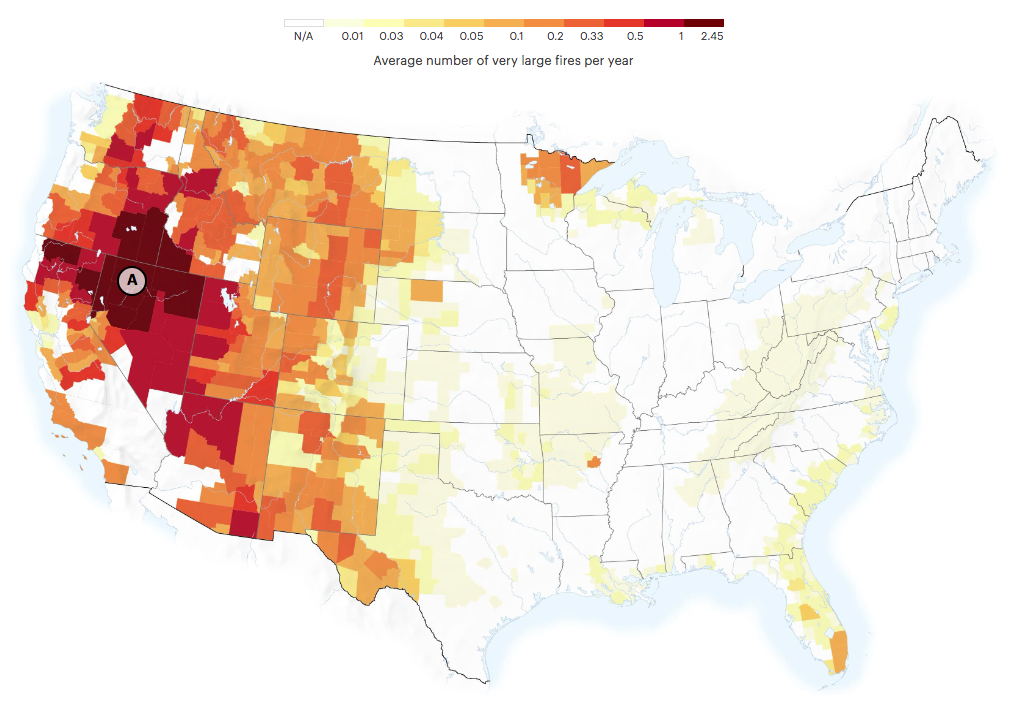 The wildfire data complied in the study might just be the wildest, no pun intended. But by the midcentury the epicenter for wildfires will not be California as it is today, but the northern Great Basin. And yeah, it's not a place with densely packed forests, scientists predict, "remote counties in Nevada and Oregon (will) see cycles of wet and dry weather that turn the grassland into the fuel for fires that can easily rip through 10,000 acres a day with strong winds." As well, this graph notes and increase in places like Florida and all through the Appalachia.
The wildfire data complied in the study might just be the wildest, no pun intended. But by the midcentury the epicenter for wildfires will not be California as it is today, but the northern Great Basin. And yeah, it's not a place with densely packed forests, scientists predict, "remote counties in Nevada and Oregon (will) see cycles of wet and dry weather that turn the grassland into the fuel for fires that can easily rip through 10,000 acres a day with strong winds." As well, this graph notes and increase in places like Florida and all through the Appalachia. -
9.
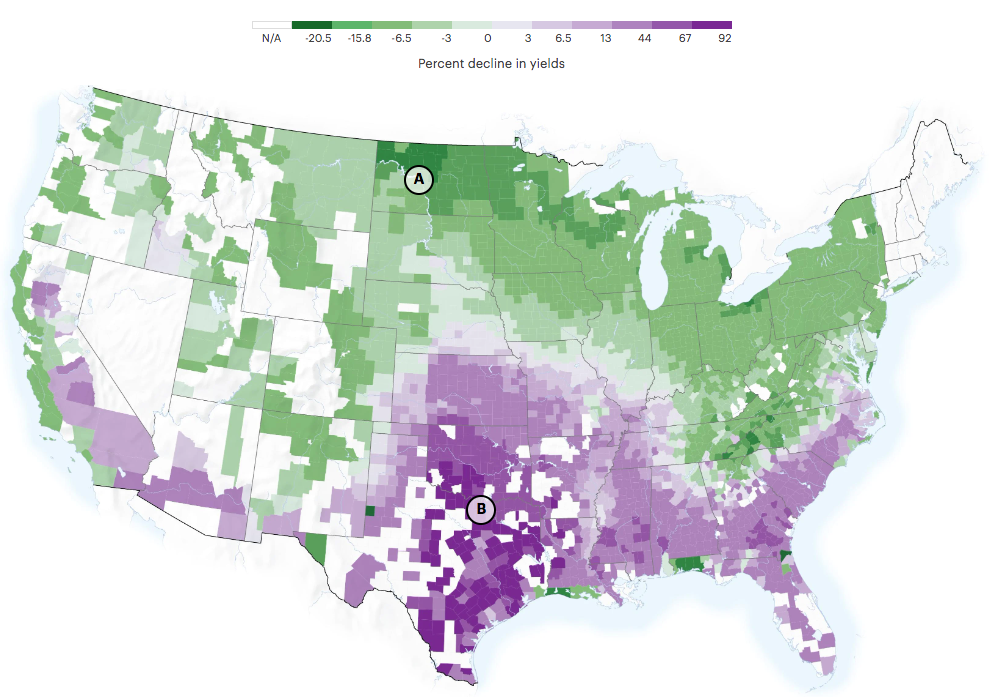 This is a map which projects farming yields by midcentury. Corn and soy being the biggest crops grown in the United States, will see a similar shift North. Some places like North Dakota which already produce tons and tons of both crops will see yields grow and their growing seasons get longer, while places like Texas and Oklahoma could see crop reduction but as much as 70%.
This is a map which projects farming yields by midcentury. Corn and soy being the biggest crops grown in the United States, will see a similar shift North. Some places like North Dakota which already produce tons and tons of both crops will see yields grow and their growing seasons get longer, while places like Texas and Oklahoma could see crop reduction but as much as 70%. -
10.
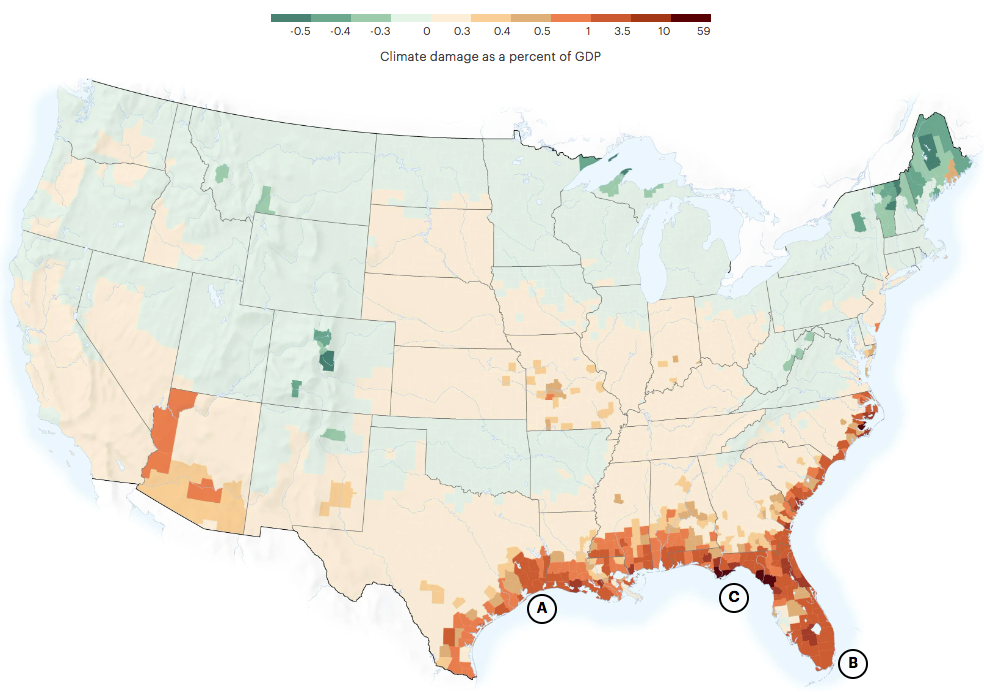 And finally, who is going to pay for it? The question we've been asking ourselves for decades. Well in short we all will, but are the places that will see in increase to their GDP and who will see a decrease, based off crop growth, habitability, sea level rise, crime growth and wildfires. The economic impacts of climate change or better yet, the reaction to said changes will impact cities like Houston and Miami greater than their Northern counterparts. With damages tallied in the billions largely driven by storms sea level rise and death from heat, the south will be a scorched wasteland, that could see in places like Gulf County Florida losing half it economy.
And finally, who is going to pay for it? The question we've been asking ourselves for decades. Well in short we all will, but are the places that will see in increase to their GDP and who will see a decrease, based off crop growth, habitability, sea level rise, crime growth and wildfires. The economic impacts of climate change or better yet, the reaction to said changes will impact cities like Houston and Miami greater than their Northern counterparts. With damages tallied in the billions largely driven by storms sea level rise and death from heat, the south will be a scorched wasteland, that could see in places like Gulf County Florida losing half it economy. -
11.
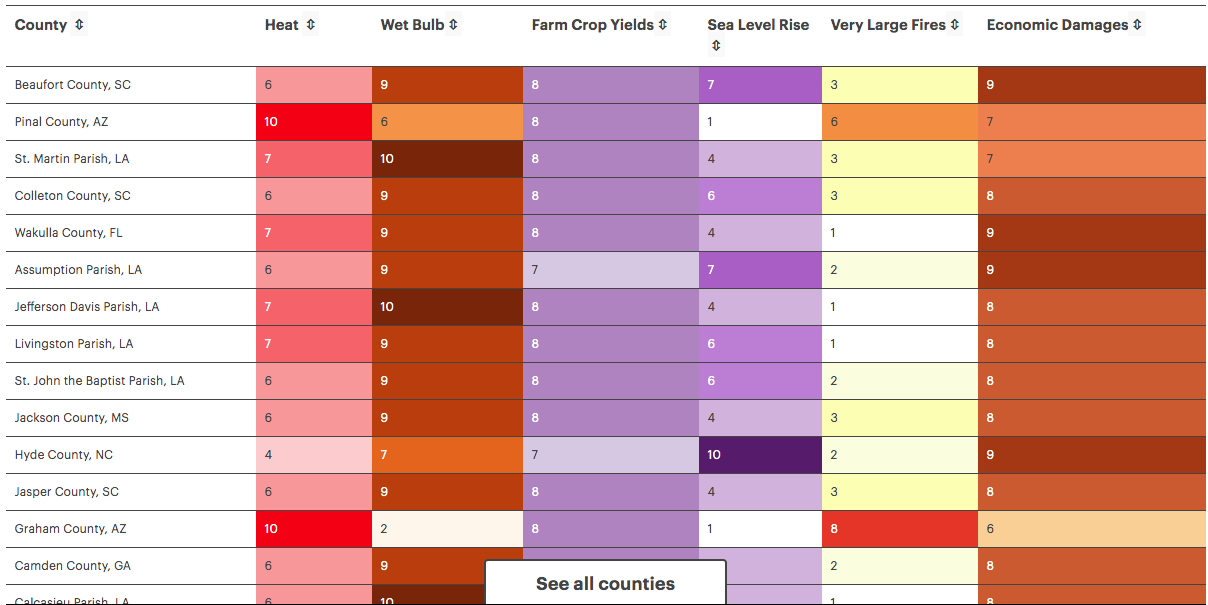 For fun, or not, here are the ten most impacted counties in the country, based off of the data Pro Publica analyzed. You can see here where your county ranks on the list.
For fun, or not, here are the ten most impacted counties in the country, based off of the data Pro Publica analyzed. You can see here where your county ranks on the list.



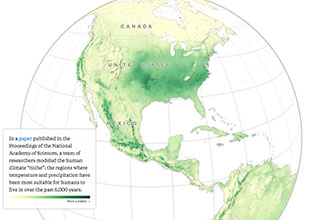
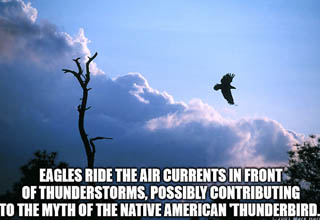

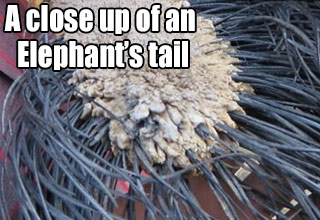


51 Comments